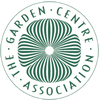This species of gecko is common in its native South East Asia, although it has now been introduced to many countries around the world. Adults generally reach sizes of 8 – 13cm (3 – 5 inches), although the average size is 8cm (3 inches).
DIET
This gecko eats a large variety of insects and larvae. The food should be kept as varied as possible in order to ensure proper nutrition. Will eat a variety of small flies and crickets. Also likes earthworms (and beetle/moth larvae). All of the food should be dusted with a calcium and phosphorous supplement (ratio 1:2) prior to feeding. This species should be fed in the early evening.
REQUIREMENTS
Heat Source:- This can be a low wattage reflector (green, red or blue) bulb / ceramic although heat mats are a useful extra source of heat. UV Light Source:- Require a 2.0% UVB lamp. This should be left on for 10 to 12 hours a day and replaced every 6 months unless otherwise stated by the manufacturer. This will create a day and night time effect as well as give your lizard sufficient levels of UV in order to allow vitamin D3 synthesis. Housing:- This should consist of a dark wooden vivarium with glass frontage and adequate ventilation. A vivarium measuring 45cm by 60cm by 90cm (18 inches by 2 foot by 3 foot) would be adequate for a pair of adults. Hatchling geckos should be kept in a small fauna box or pen pal, within their future vivarium. Thermostat:- An essential part of any vivarium and is required to regulate the internal temperatures of the vivarium and to prevent your pet from becoming too hot or too cold. Wire Mesh Guards:- These should be fitted over all heat sources used in order to prevent thermal burns. Thermometers:- One should be placed at each end of the vivarium in order to give an accurate reading of the temperatures within the enclosure. Never go by the temperature on the thermostat as these are often inaccurate. Hides:- These are essential to prevent stress and allow your pet to hide away from the outside world. Artificial plants, boxes, plant pots, caves etc. all make excellent hides.
TEMPERATURE
Day time temperatures should be maintained between 21 – 31°C (70 – 88°F). Night time temperatures should be allowed to fall to between 17 – 22°C (62 – 72°F).
HUMIDITY
This species requires moderate to high levels of humidity, misting the vivarium daily is essential. However a shallow bowl of fresh water should always be available for drinking and soaking.
LONGEVITY
These geckos will generally live between 6 and 10 years, depending on how they have been cared for.
SUBSTRATE
Calcium sand is the best substrate to use at present, with approximately a third of the vivarium being damp moss, to assist with shedding and for maintaining the humidity levels. All substrates should be cleaned regularly in order to prevent contamination from disease. N.B. Males should be kept separately as they are territorial. This species of gecko is hyperactive and difficult to hold. Additional Notes: Adult males possess hemipenal bulges and have femoral and preanal pores. This is an extremely hardy species of gecko. Due to the lively nature of this species they aren’t recommended for young children.
SALMONELLA
Many reptiles carry the naturally forming bacteria Salmonella. It must be stated that salmonella bacteria can only be contracted by ingestion (via the mouth). Good hygiene is therefore very important when keeping any animal. Remember, you are just as likely to contract salmonella from your Sunday lunch, cream cake or dog so don’t automatically assume that your lizard is the only suspect!













